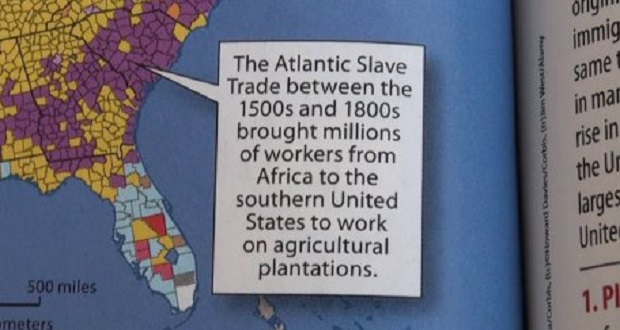
Many organizations implement programs to enhance race and gender equity in their annual plans; however, I am not convinced that our diversity, equity, and inclusion efforts are inclusive of everyone—particularly those with varied ability status. Many organizations have not held themselves accountable in progressing a disability-inclusive strategy and subsequently, miss an untapped pool of workers. Over the years, I have seen organizations want to do more work in this area, but due to limited resources, they find that any disability-focused work gets pushed out further.
Many organizations have not held themselves accountable in progressing a disability-inclusive strategy, and subsequently, miss an untapped pool of workers. Share on XPart of the issue is defining disability. Unlike more common identities such as race and age, ability status could be invisible and/or change over time. Recognizing and acknowledging a person’s disability can be confusing and difficult. Think about it: do you know for a fact that people with various abilities are accounted for in your organization?
It’s National Disability Awareness Month (DEAM). Does your organization prioritize disability in its DEI efforts? At many organizations, disability (both visible and hidden) is not often on the radar as a major focus area within DEI work. Here are tips for bringing ability status to the forefront of your DEI work:
- What is your disability self-disclosure rate? If your disclosure rate is almost non-existent (meaning employees have chosen to not answer the question), this may suggest that something is holding people back from disclosing their disability status at your organization. The US Census says that upwards of 20% of our population has a disability.
- Explain what disability is… engage in real conversations about what it means to have a disability. The term ‘disability’ includes many conditions that people live with, including depression, diabetes, epilepsy, cancer, auto-immune deficiencies, anxiety, attention deficit disorder, etc. Visit ADA.gov for a more extensive list.
- Check your management, human resources, and supervisors’ unconscious bias skills in the context of individuals with disabilities. Unconscious bias against disabilities is very real. If you are sourcing for a new position in your organization and you realize that there are no candidates in the pool who have disclosed disability, do you even know where and how to search in this pool of talent? Do you have a regular relationship with your government disability workforce center representatives? Do you automatically assume that hiring a person with a disability will be too hard? And finally, as management, are you aware of where your individuals with disabilities fall on the pay scale? To check your unconscious bias around disability, utilize the Harvard Implicit Association Test.
- Address compassion fatigue. Some disabilities are conditions that are progressive. A one-time accommodation may not be sufficient a year later when the condition has progressed, or the position has changed in some way. Conditions that are episodic or intermittent may be frustrating because they are unpredictable. These individuals should not be disposable to your organization. Try and really think about the long-term effects of sourcing and replacing a position. It costs a salary and a half to replace a position. It takes six months to a year for a new employee to really learn and effectively do a position. The frustration that an organization may feel during an episodic remission that lasts multiple weeks, may not really be an undue hardship when you consider the cost, time, and resources it will cost to replace that position.
- Bring individuals with disabilities to the table. For example, are you planning to roll out some major initiative or change? Make sure individuals with disabilities and knowledge about accessibility are at the table from the beginning. A classic example of not bringing everyone to the table is the old example learned by Chevrolet. Years ago, they created a lower cost–efficient car called the Chevy Nova. They hoped that sales of this car would excel in the U.S. and Mexico; however, it did not. What was the problem? During their creation, production, and implementation phase, they did not bring individuals who speak Spanish to the table. In Spanish no va means “it doesn’t go.” Always make sure that there is space for everyone at the decision table.
- Where are individuals with disabilities working in your organization? Is it only through contracted group work? As a contractor, these individuals do not get to receive the benefits of being a part of your organization. If you are serious about DEI and you have consistently used contracted teams for job tasks that is a sign that you have work that is available permanently and you have a pool of untapped talent available to do the work.
- Understand what an accommodation is. Get familiar with the Job Accommodation Network. Accommodations change as disabilities and workplaces progress. If you have a practice of becoming irritated that a person who uses an accommodation has asked for a new modification to a rule, procedure or practice due to their disability, that is a sign that something is wrong with your organization’s expectations about disability in the workplace.
Remember, October is Disability and Employment Awareness Month. It is a time for us to celebrate and recognize all the strengths and potential that those with varied abilities have so that we can truly embrace ‘D&I’ (Disability and Inclusion).
It is a time for us to celebrate and recognize all the strengths and potential that those with varied abilities have so that we can truly embrace ‘D&I’ (Disability and Inclusion). Share on X


















